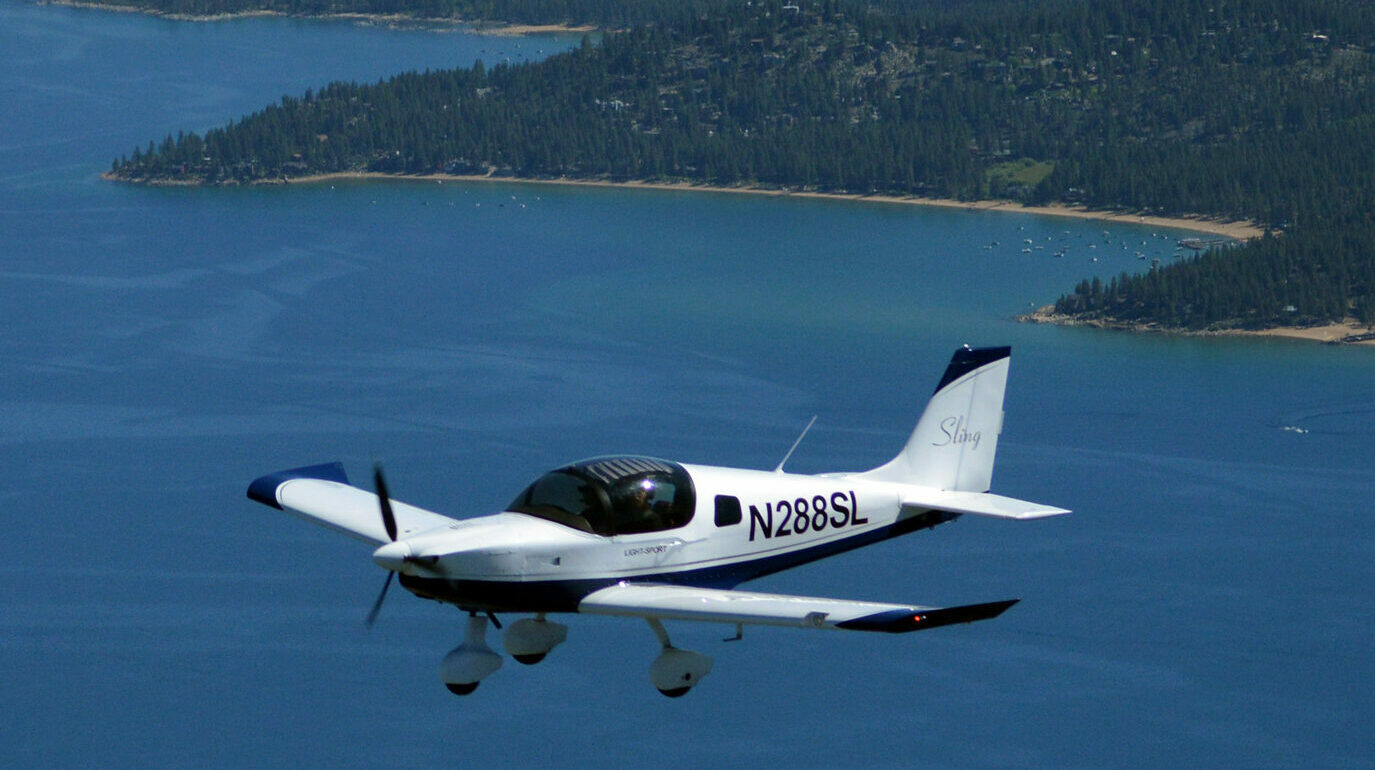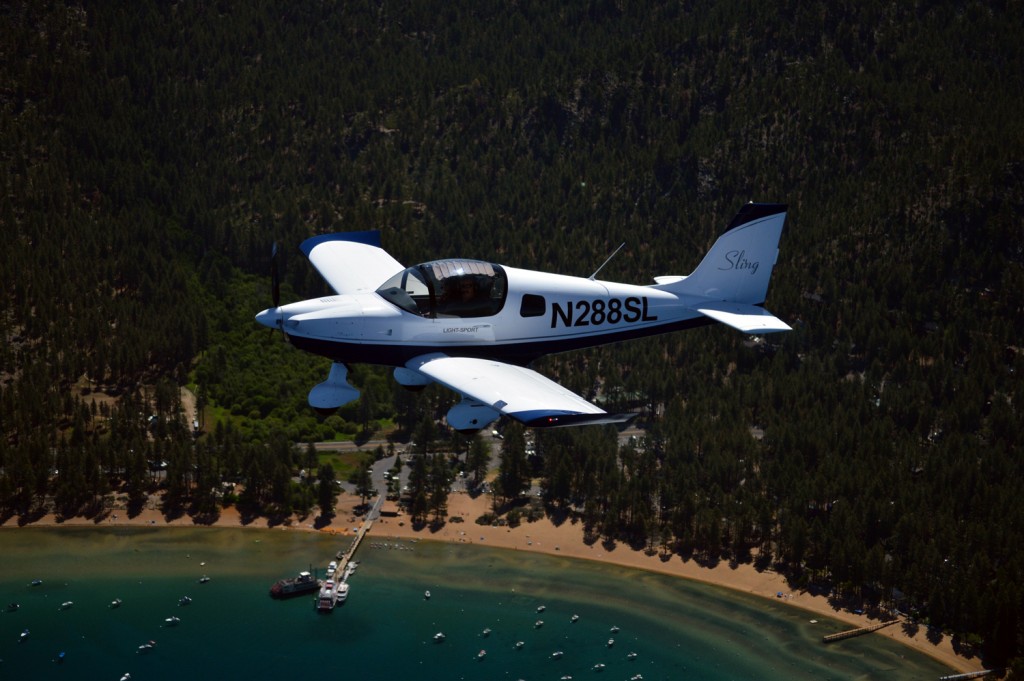An airplane that suits your needs
Choosing the appropriate light sport aircraft (LSA) airplane is one of the most important decisions you’ll make as a new sport pilot / LSA owner. The most popular LSA options are:
- single place ultralight verses two place LSA,
- airport verses back country/beach type operations,
- Speed and range
- land verses water verses amphibious operations, and
- commercial training S-LSA verses Experimental (E-LSA) verses kit built AB-LSA kit built.
You should consider your needs and lifestyle when deciding which one is right for you. Additional considerations will include wind limitations, portability, storage, cost, learning time and previous aviation experience.
Here we will look at these options in detail.
Ultralight vs. Light-Sport Aircraft
Ultralight

Light-Sport Aircraft (LSA)

Airport versus Backcountry/beach-type operations
Airport Operations
Back Country or Beach Operations
Speed and Range
Land versus Sea
Land
Sea
Amphibious - Land and Sea
Commercial Training S-LSA versus Experimental (E-LSA) versus kit-built AB-LSA
Commercial Training S-LSA
Note that with a sport or private pilot license you can get a sport pilot CFI without a commercial or instrument certificate with as little as 150 hours of flight time.
Experimental E-LSA
Kit-Built AB-LSA
Other considerations in choosing your LSA airplane
Portability
Fabric and composite airplanes should be stored inside a hanger to make them last longer since most do not take down easy. Some new designs can fold the wings in and be stored in a trailer.
Many airplanes do have enclosed cockpits, which some people prefer. However, others have open cockpits which others prefer. Airplanes do provide this option.
